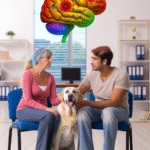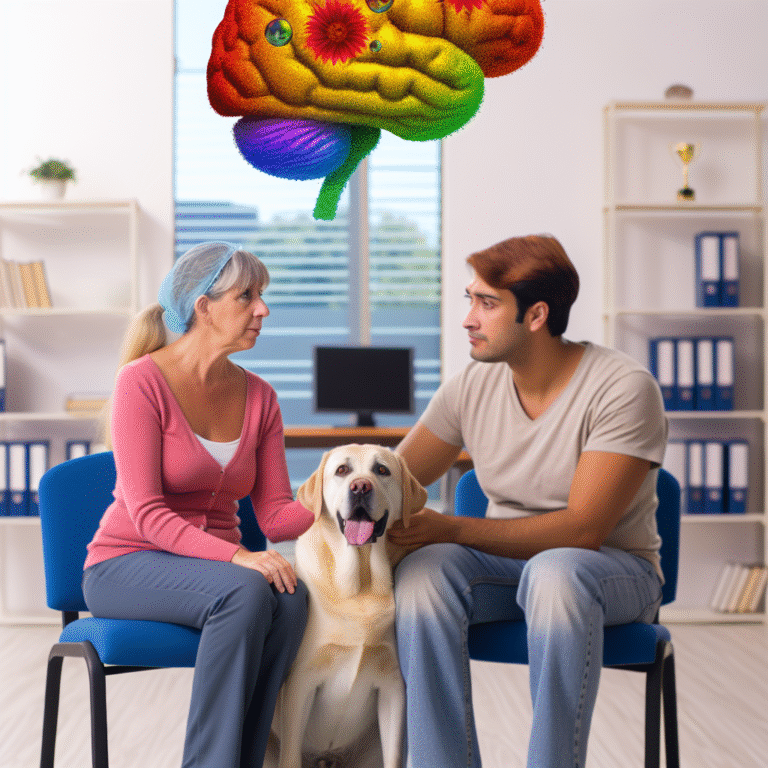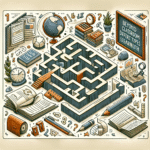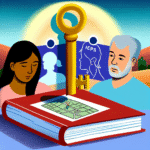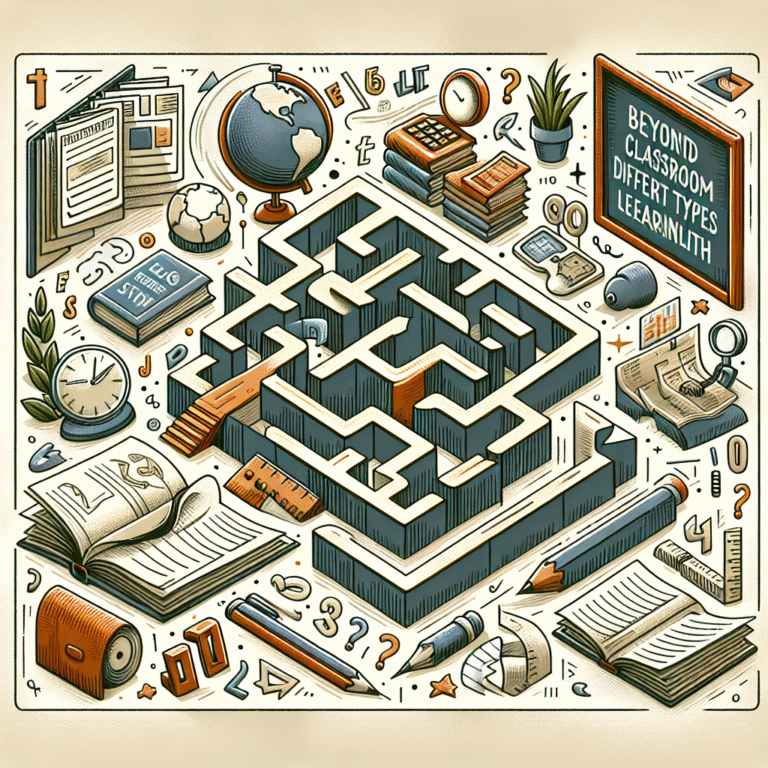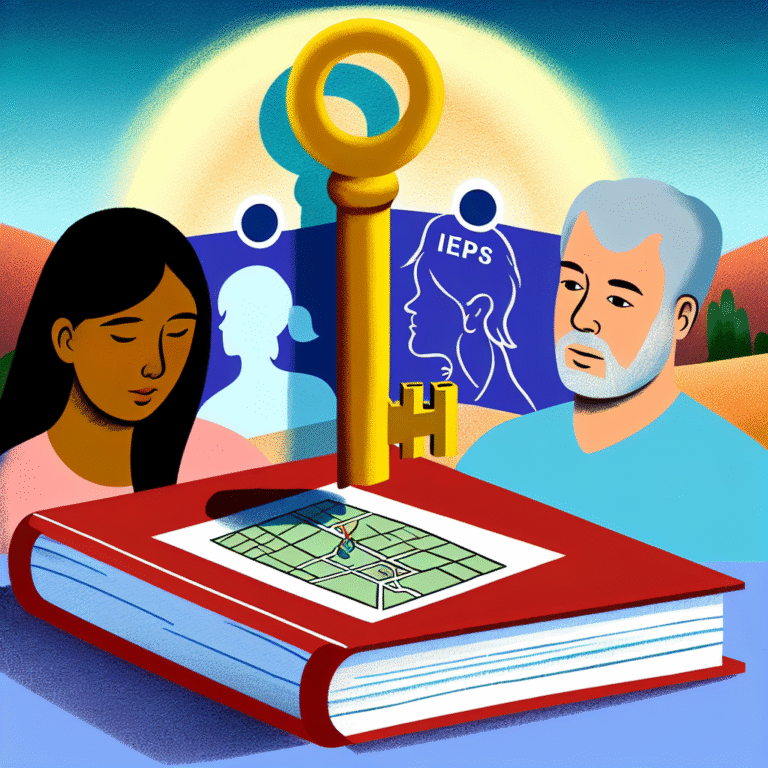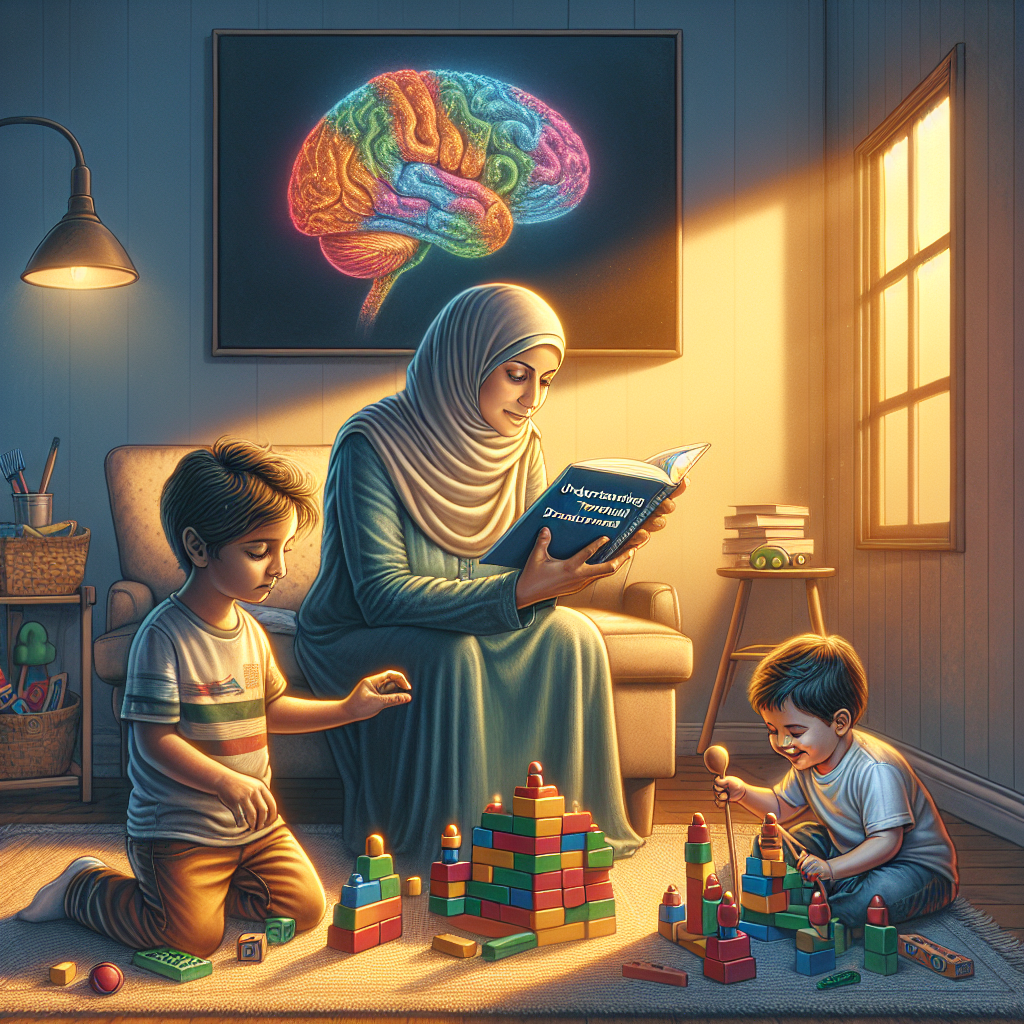
Empowering Families: The Ultimate Guide to Understanding and Treating Neurodevelopmental Disorders
Introduction
Imagine a world where every child thrives, where families feel informed, empowered, and supported in their journey through neurodevelopmental disorders (NDD). While navigating the complexities of NDD may seem daunting, "Empowering Families: A Guide to Understanding and Treating Neurodevelopmental Disorders" serves as a beacon of hope. By breaking down barriers and shedding light on these conditions, we can transform apprehension into understanding.
Neurodevelopmental disorders, which include autism spectrum disorder, attention-deficit/hyperactivity disorder (ADHD), and learning disorders, affect millions of families worldwide. These disorders do not merely impact the affected individuals; they weave their influence through the fabric of family life, relationships, and social dynamics. Hence, supporting families is not just about conferences and treatments; it’s about empowerment—arming parents, caregivers, and siblings with knowledge, tools, and support.
In this extensive guide, we will explore various aspects of NDD, providing actionable insights to families and caregivers alike. Our aim is not only to understand these disorders but also to unlock the potential within every child through informed strategies and compassionate approaches.
Understanding Neurodevelopmental Disorders
What Are Neurodevelopmental Disorders?
Neurodevelopmental disorders encompass a range of conditions that affect cognitive, motor, and social abilities. They typically manifest during childhood and can persist into adolescence and adulthood. Understanding the common disorders can help families recognize symptoms early on.
Common Types of NDD
- Autism Spectrum Disorder (ASD): Affects communication, behavior, and social skills.
- Attention-Deficit/Hyperactivity Disorder (ADHD): Characterized by inattention, hyperactivity, and impulsivity.
- Learning Disabilities: Challenges in reading (dyslexia), writing (dysgraphia), and mathematics (dyscalculia).
The Importance of Early Diagnosis
Early intervention can significantly improve outcomes for children with NDD. Recognizing signs early allows for timely support and therapies tailored to an individual’s needs.
Case Study: Sally’s Early Intervention
Sally, a 4-year-old girl, displayed delayed speech and social interaction. After noticing these signs, her parents sought a professional evaluation. With an early diagnosis of ASD, they accessed speech therapy and social skills training. By age 6, her speaking ability had improved exponentially, and she began to form friendships, showcasing the power of timely intervention.
Treatment Options: A Holistic Approach
Behavioral Therapies
Behavioral therapies, such as Applied Behavior Analysis (ABA), focus on improving specific behaviors. These therapies can be customized to meet the unique needs of families.
Key Components of ABA
- Positive Reinforcement: Encouragement for desired behaviors.
- Structured Environment: A consistent and supportive space fosters learning.
Medication Management
In some cases, medication can assist with symptoms, particularly for conditions like ADHD. It is crucial for parents to consult healthcare providers and weigh options together.
Educational Support
Individualized Education Plans (IEPs) and 504 Plans help tailor educational opportunities to meet each child’s needs. Collaborating with teachers can create a supportive learning environment.
Table: Common Educational Supports
| Support Type | Description |
|---|---|
| IEP | Personalized education plan for special needs |
| 504 Plan | Modifications in general education settings |
| Assistive Technology | Tools and devices that aid learning |
Case Study: Jake’s IEP Journey
Jake, diagnosed with ADHD, struggled initially in a traditional classroom. After advocacy from his parents, he received an IEP that included one-on-one tutoring and extra time for tests. Within one year, Jake’s grades improved, and he reported feeling more confident in his abilities.
Empowering Families: Tools and Strategies
Family Involvement in Treatment
Family engagement is crucial in successfully managing NDD. By participating in therapy and learning about the conditions, families can strengthen their support systems.
Communication Techniques
Open discussions about feelings and challenges can nurture emotional connections. Use tools like communication boards or apps to facilitate dialogue.
Building a Support Network
Creating a community around families is vital. Support groups allow parents to share experiences, gather insights, and feel less isolated.
Case Study: Community Connections
A local support group for parents of children with ASD created a resource exchange program. Families traded books, educational materials, and shared local specialists’ contacts—realizing they weren’t alone in this journey.
Strategies for Daily Living
Establishing Routines
Children with NDD often thrive on structure. Establishing daily routines can ease anxiety and provide predictability.
Mindfulness and Coping Techniques
Encouraging mindfulness can help children manage emotions and anxiety. Techniques such as meditation and deep breathing can be beneficial.
Creating Safe Spaces
Personalized spaces at home for relaxation, exploration, or sensory activities can offer solace and encourage engagement in meaningful activities.
Table: Safe Space Ideas
| Activity | Description |
|---|---|
| Sensory Play | Use materials like sand, water, or clay |
| Quiet Zones | Designate spots for reading and relaxation |
| Interactive Tools | Incorporate fidget toys for distraction |
Navigating Challenges and Roadblocks
Tackling Stigma Around NDD
Addressing societal stigma surrounding neurodevelopmental disorders is crucial. Open conversations can promote understanding and acceptance.
Managing Behavioral Concerns
Behavioral challenges are common in children with NDD. Employing consistent techniques, such as positive reinforcement and clear communication, can foster better behaviors.
Case Study: Tim’s Behavioral Breakthrough
Tim struggled with aggressive outbursts, particularly during transitions. With his parents’ consistent use of visual schedules and transitional cues, combined with positive reinforcement for appropriate behavior, he gradually learned to adapt.
Conclusion
"Empowering Families: A Guide to Understanding and Treating Neurodevelopmental Disorders" reveals an essential truth: knowledge is power. By understanding NDD and employing effective strategies, families can break down barriers and build a road of hope for their loved ones.
Knowledge equips families with the tools to advocate for themselves and their children, fostering resilience and confidence. Let’s embrace this journey together, knowing each challenge can unlock new opportunities for growth and connection.
FAQs
1. What are the early signs of neurodevelopmental disorders?
Early signs may include delays in speech, difficulty interacting with peers, or challenges in focus and attention.
2. How can I help my child with NDD at home?
Establishing routines and providing a structured environment can aid significantly. Collaboration with therapists and educators is also vital.
3. Are there specific therapies that work best for children with ADHD?
Behavioral therapies, psychoeducation, and medication (when appropriate) are commonly used.
4. How can I support my family’s mental health during this journey?
Engagement in support groups and open communication are beneficial. Prioritize self-care and seek professional help when needed.
5. Is there a "cure" for neurodevelopmental disorders?
There is no "cure" per se, but numerous strategies and interventions can lead to improved functioning and quality of life.
Through this comprehensive guide, we hope to instill confidence and dedication in families dealing with neurodevelopmental disorders. By promoting understanding, sharing insights, and establishing supportive networks, we can enhance the lives of countless children and families. Let’s continue to empower one another, for through knowledge, we pave the way for brighter futures.

